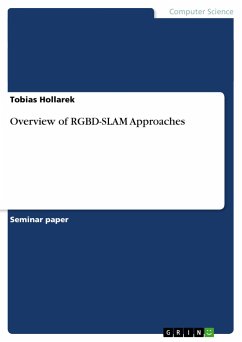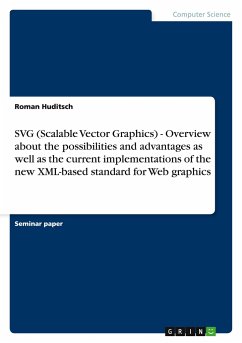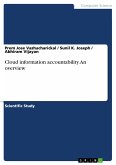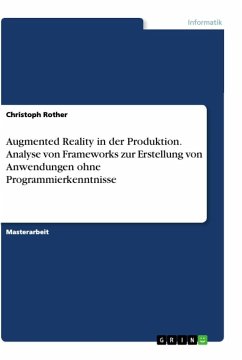Seminar paper from the year 2012 in the subject Computer Science - Applied, grade: 1,3, Technical University of Munich (Lehrstuhl für Echtzeitsysteme und Robotik), course: Hauptseminar Computer Vision & Visual Tracking for Robotic Applications SS2012, language: English, abstract: In this paper I will introduce the reader to RGB-D SLAM which has become the focus of interest for many researchers lately. This is due to the development and distribution of cheap RGB-D sensor devices such as the Microsoft Kinect. After an introduction I will present which steps have to be taken to implement a working SLAM system using RGB-D data. In section three I will introduce three different approaches and will present how they implemented the SLAM and what they did to increase speed, accuracy and robustness of their algorithms. I will then compare the results of all approaches. In the next section I will present what optimization methods two of these approaches implemented to improve their mappingby optimizing with a global approach. These implementations also are reviewed and compared as far as that was possible. In section five I will present how two different approaches store the mapping after all calculation is done in a sophisticated and compact way. Finally I will conclude over the results I collected and give an outlook on possible future developments.
Hinweis: Dieser Artikel kann nur an eine deutsche Lieferadresse ausgeliefert werden.
Hinweis: Dieser Artikel kann nur an eine deutsche Lieferadresse ausgeliefert werden.








